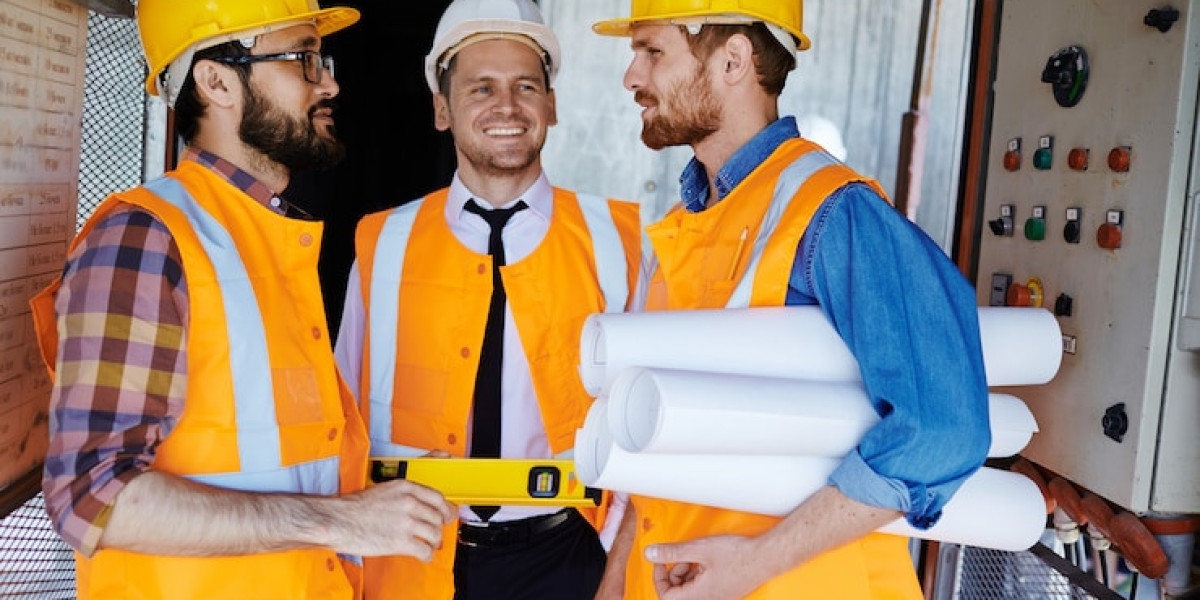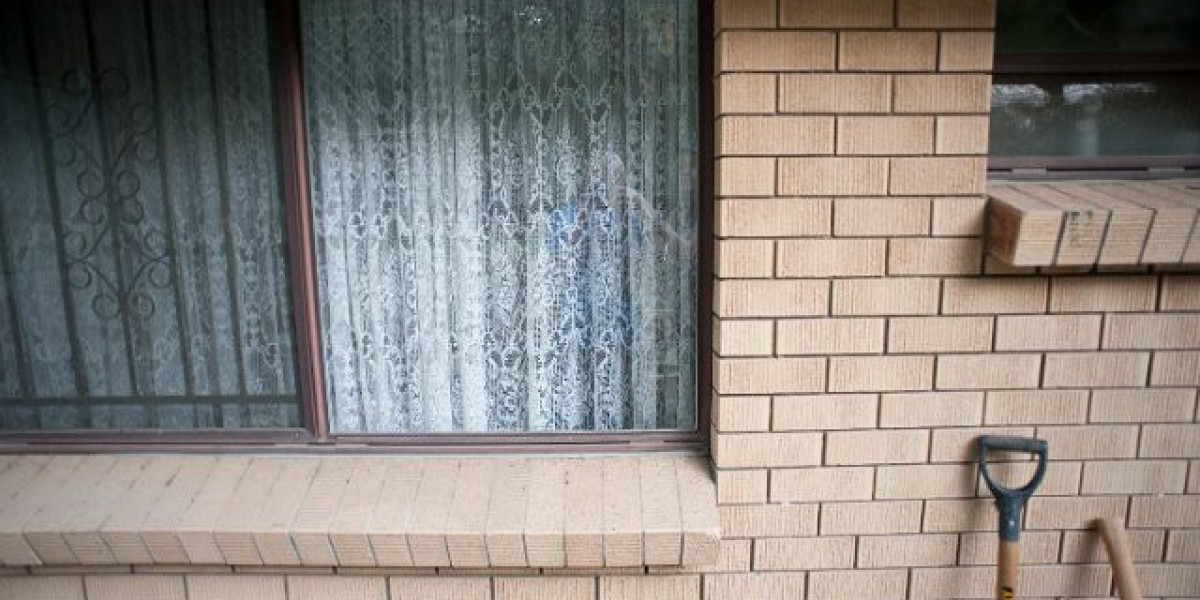When we talk about workplace safety, chemical hazards are often among the most serious threats employees can face. A sudden chemical spill, splash, or gas leak can turn a regular workday into a medical emergency within seconds. Having the right first aid setup is not just a good practice—it’s a necessity that can save lives.
Many organizations focus heavily on safety training, but they often overlook a critical aspect: ensuring that first aid measures are ready and easily accessible. Interestingly, some companies even explore training and certifications like those regulated under different safety standards, and they budget for these programs the same way they might budget for an OSHA Fee, because staying compliant with health and safety regulations is directly tied to protecting workers from harm.
Why Every Workplace Must Be Ready for Chemical Emergencies
Chemical incidents are unpredictable. One moment everything seems fine, and the next, a container tips over or a pipe bursts, releasing harmful substances. In such moments, first aid isn’t just helpful—it’s life-saving.
Let’s imagine a real scenario. Maria, a lab technician in a paint manufacturing unit, was preparing samples when a small container of solvent slipped and splashed onto her arm. Within seconds, she felt a burning sensation. Because her team had a properly stocked first aid station, they immediately rinsed the affected area with clean water for 15 minutes, neutralized the exposure, and sought further medical care. This quick action prevented what could have been a severe chemical burn.
Step-by-Step: Setting Up a Reliable First Aid System
A good first aid plan for chemical incidents isn’t complicated, but it must be thorough. Here’s how to build one step by step:
Step 1: Assess Your Workplace Hazards
Start by identifying which chemicals are present in your workplace. Are there corrosives, flammables, or toxic vapors? Make a list and understand the potential injuries they can cause—burns, respiratory issues, or eye damage.
Step 2: Stock the Right Equipment
General first aid kits are not enough. For chemical environments, you need specialized items such as:
Sterile saline solutions for eye washing
Chemical-resistant gloves and aprons
Emergency showers or eyewash stations
Neutralizing agents when appropriate
Absorbent materials for spills
Step 3: Train Your Team
Having equipment is useless if no one knows how to use it. Regular training sessions are vital. Include drills where workers practice using eyewash stations or spill kits. Employees who have completed recognized safety programs often share that the confidence gained from hands-on practice is invaluable.
Step 4: Keep Emergency Numbers Handy
Post emergency contact information in visible places. Include poison control centers, local emergency services, and onsite safety officers. Quick access saves critical time.
Step 5: Review and Restock
After every incident or drill, check the first aid supplies. Replace used or expired items. A neglected kit can be worse than no kit at all because it gives a false sense of security.
Building Confidence Through Preparedness
One of the biggest reasons workplaces hesitate to invest in first aid supplies is cost. However, compare that to the potential loss of productivity, compensation claims, and reputational damage from a serious incident. Investing in proper first aid facilities is not an expense; it’s a safeguard for your people and your business.
For instance, a construction company that handled adhesives and strong acids decided to improve their chemical safety. They purchased specialized eyewash stations, chemical burn dressings, and trained their team thoroughly. Within months, during a minor incident, their quick response avoided severe injury and boosted morale. Workers reported feeling more valued and confident because they knew the company cared about their well-being.
How Compliance Training Adds Value
Many companies enroll their supervisors in occupational safety programs. These programs often outline compliance requirements and how to maintain them. For example, when a company calculates its safety training budget, they also consider related charges like an OSHA Fee or other certification costs. Such investments make sure that the safety protocols—like first aid readiness—are not just installed but also maintained to the highest standard.
? Need Transparent OSHA Certification Cost Info?
? Click Here for Clear Pricing With No Hidden Charges!
Long-Term Maintenance and Culture Building
Preparedness is not a one-time effort. Workplaces that excel in handling chemical hazards often build a culture around it. Regular safety meetings, reward systems for identifying hazards, and periodic reviews of first aid procedures are part of this culture.
Anecdotes from safety officers often highlight how a simple habit, like practicing emergency eyewash use during monthly drills, can mean the difference between a minor irritation and permanent eye damage.
Final Thoughts: Why You Should Act Now
Chemical incidents can happen anywhere—labs, factories, warehouses, or even office buildings where cleaning agents are stored improperly. By setting up a reliable first aid system, you are not only meeting compliance standards but also protecting your team’s lives.
If your workplace hasn’t yet upgraded its first aid setup, this is the right time. Evaluate your risks, stock the proper supplies, and train your staff. When an emergency occurs, you’ll be ready—and your employees will know they can trust you with their safety.














